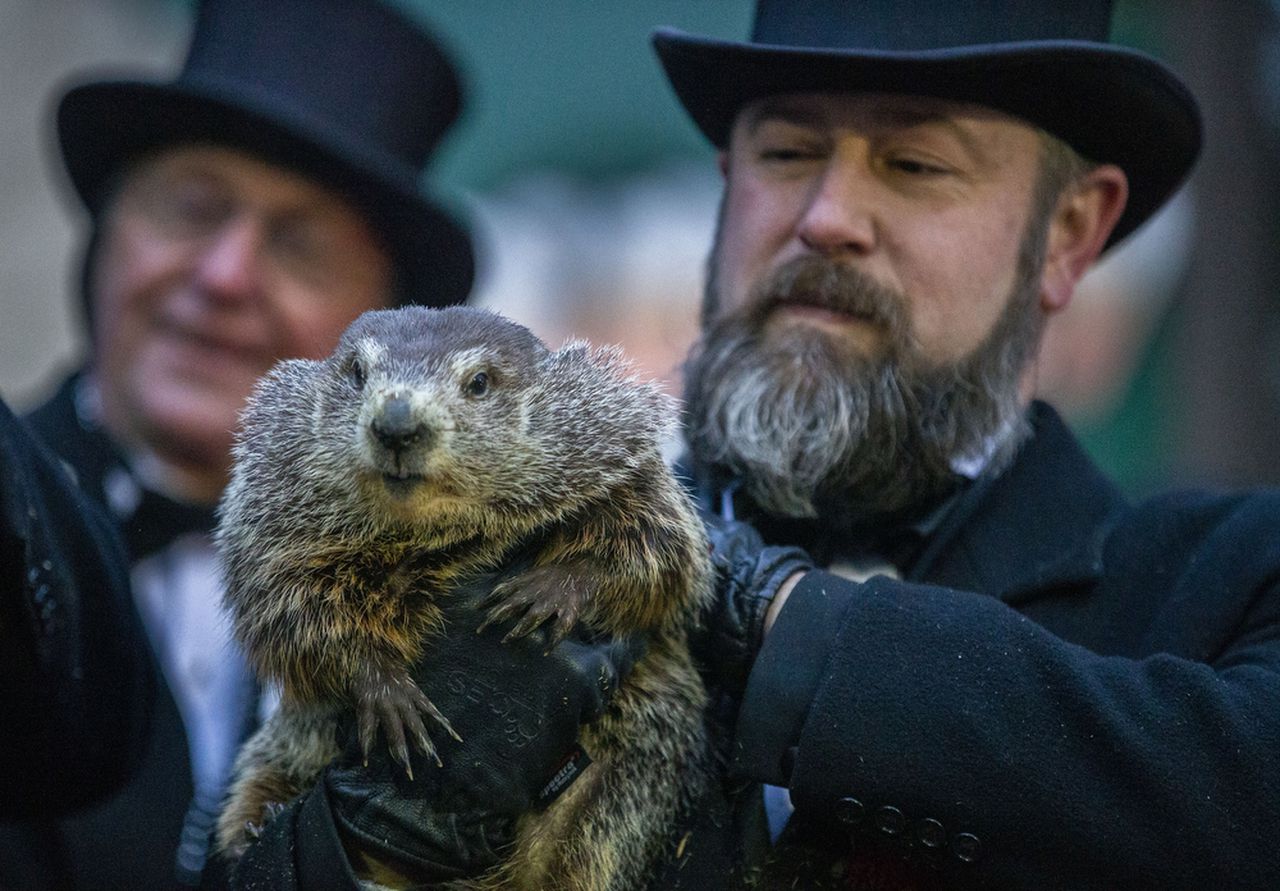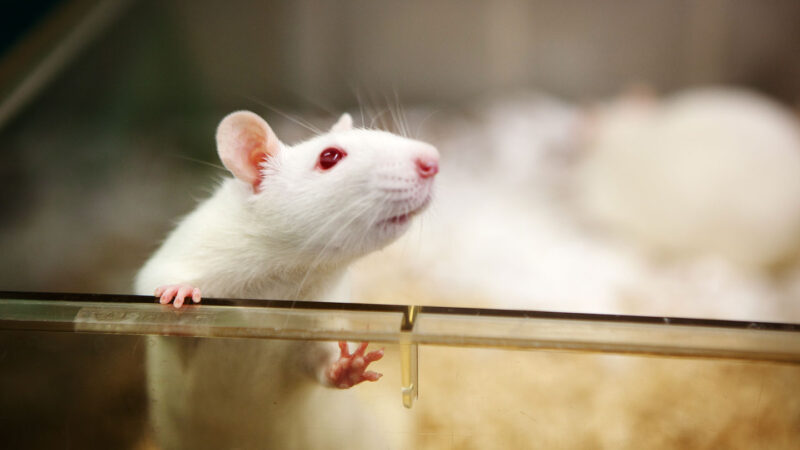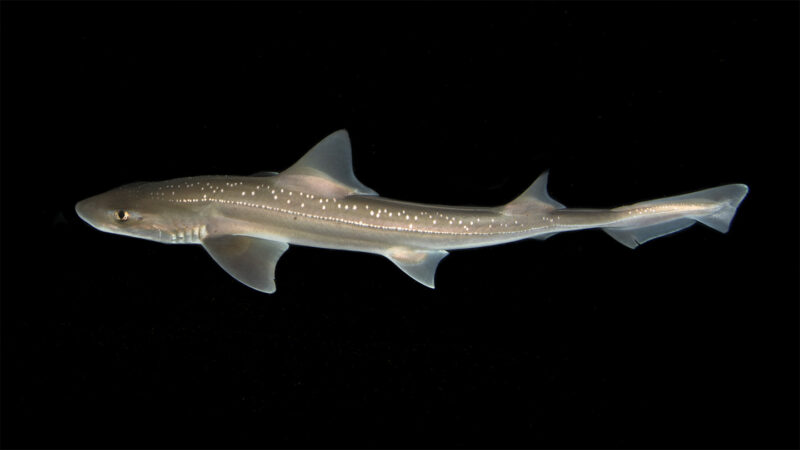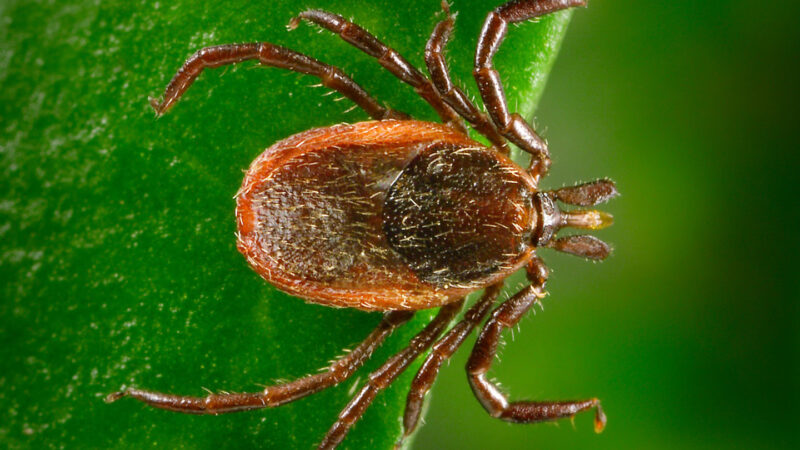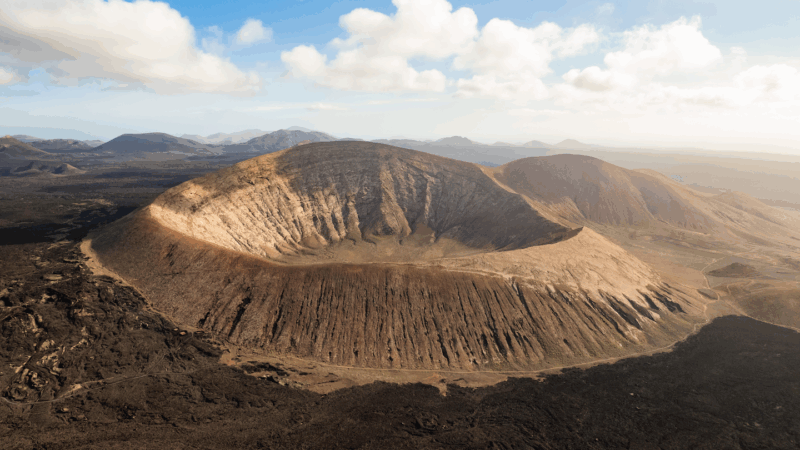Learn more about Groundhog Day and how it got started. We’ve even got the list of predictions from across the country. There’s may even be some science to all this Marmota monax madness!
What Is Groundhog Day?
That’s right! It’s February 2nd, Groundhog Day! If you are not familiar with this particular observance, this is how the whole thing works. Early in the morning on February 2nd, people gather around the burrow of a Marmota monax; a large rodent also known as the whistle pig, eastern marmot, southern marmot, monk, woodchuck, or groundhog. It is believed that if the groundhog sees a shadow when it climbs out of the burrow, there will be six more weeks of cold, wintry weather. However, if it doesn’t see its shadow, the warmth of spring will arrive soon. Here’s an additional little nugget to impress your friends with today: Groundhog Day is a cross-quarter day. That means that it fall halfway between the Winter Solstice and Vernal Equinox.
2019 Groundhog Day Predictions
There are a number of cities that host their own Groundhog Day celebrations (complete with their own groundhogs). Here are some of the results from this year:
- Balzac Billy (Balzac, Alberta): Early spring
- Buckeye Chuck (Marion, OH): Early spring
- Chuckles (Manchester, CT): Early spring
- Dunkirk Dave (Dunkirk, NY): Early spring
- Flatiron Freddy (Boulder, CO): Six more weeks of winter
- Fred la Marmotte (Val-d’Espoir, Quebec): Early spring
- French Creek Freddie (French Creek, WV): Early spring
- General Beauregard Lee (Jackson, GA): Six more weeks of winter
- Gordy the Groundhog (Milwaukee, WI): Six more weeks of winter
- Jimmy the Groundhog (Sun Prairie, WI): Six more weeks of winter
- Pierre C. Shadeaux (New Iberia, LA): Short spring and long summer
- Potomac Phil (Washington, D.C.): Six more weeks of winter
- Punxsutawney Phil (Punxsutawney, PA): Early spring
- Queen Charlotte (Charlotte, NC): Early spring
- Shubenacadie Sam (Shubenacadie, Nova Scotia): Six more weeks of winter
- Sir Walter Wally (Raleigh, NC): Six more weeks of winter
- Staten Island Chuck (Staten Island, NY): Early spring
- Wiarton Willie (Wiarton, Ontario): Early spring
- Winnipeg Wynn (Winnipeg, Manitoba): Early spring
- Woodstock Willie (Woodstock, IL): Six more weeks of winter
The Science Behind Groundhog Day
I know what you are asking: Is there any science behind this whole Groundhog Day thing?
Historically, people have observed animal behavior for clues to changes in the weather. For example, in some areas, geese flying south is a sign of the coming of fall. In other places, the reappearance of hibernating or inactive animals is a sign of winter’s end. For that reason, when German settlers came to Pennsylvania in the 1700s, they selected the groundhog as their seasonal forecaster.
Furthermore, there may be a meteorological explanation for groundhog day. Some researchers believe that the observance may have roots in a weather phenomenon described in the Scottish poem below:
If Candlemas Day is bright and clear,
There’ll be two winters in the year.
The idea behind this poem can be found in cultures around the world. In the poem, Candlemas Day refers to February 2nd, Groundhog Day. Farmers in ancient Europe noticed that bright, clear winter days are often very cold. We now know that this is caused by high pressure systems. Areas of high pressure pull cold air down from the north. They also sweep away any clouds that might have provided insulation. Consequently, a bright winter day (one on which a groundhog may see a shadow) may be an indication of more cold days to come.
Of course, none of this is sound evidence that a groundhog can actually predict the coming of spring. Instead, Groundhog Day can be seen as a celebration of the role of scientific observation and prediction in our world. Every day, we make observations about the world around us, attempt to make meaning of those observations, and create predictions about the way things will happen in the future. Groundhog Day is wonderful example of this. Over the course of time, we have combined our observations of animal behavior and weather to create a system for predicting spring. Does it work? Well, that is a question I will leave to you to explore.

